Comments
- No comments found
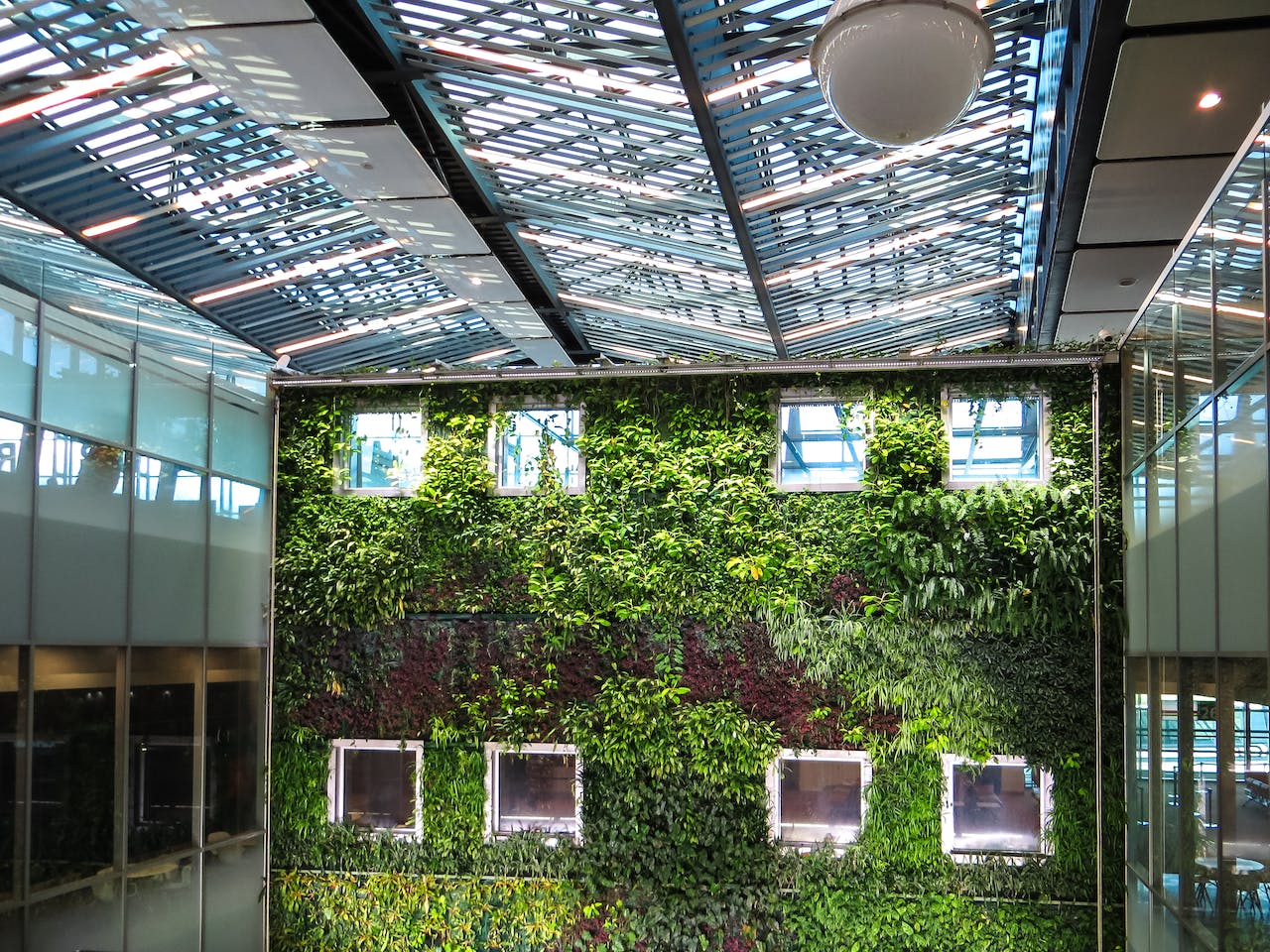
A resounding call to action echoed through the BT's sustainability festival, urging participants to contribute to a sustainable ecosystem.
Action over words! Adastral Park near Ipswich, UK recently became the epicentre of dialogue AND actions on sustainability as the BT Group hosted its inaugural ‘Sustainability Festival’.
And now as we reflect on COP28 the UN’s Climate Change Conference, fresh from the research news that 20 of 35 of the earths vital signs are now at extremes in 2023, this heralds a timely moment to consider key insights and how we can best harness this momentum to accelerate a contagion of positive change. And one so aligned to BT’s core purpose to ‘connect for good’.
With technology playing a central role in accelerating the transition to Net Zero, for me, the festival additionally brought to the fore the importance of human connection and how vital the power of communication, collaboration and the creation of new ecosystem partnerships is to affect lasting meaningful change. This is encapsulated within 3 strategic pillars that can help accelerate the move to Net Zero: Connect & Communicate, Measure & Manage and of course, Scale! as highlighted below. Let’s now explore all the key developments and personal reflections, underpinned by these key focus areas throughout:
1. 🕸️ Connect & Communicate! Helping customers smartly and securely connect their operations at scale to the cloud, ready for decarbonisation via partners platforms. Starting with the move from ‘analogue to digital’ smart and green buildings in collaboration with Johnson Controls
2. 📏 Measure!
Helping customers accurately and more holistically measure the carbon footprint of their BT products & services from networks right through to end point devices. And the end result? More informed and sustainable choices
3. 🌱 Scale! Providing customers with the tools to manage their networks energy efficiently as data volumes continue to accelerate with AI adoption
Energy usage within the building sector accounts for an eyewatering 26% of scope 1 and 2 global CO2 emissions (IEA), clearly reflecting its significant contribution to climate change. And with an staggering 172 Zetabytes of data predicted in smart connected buildings by 2030, the criticality of this issue moves centre stage. So, how to address? A tangible example is the recently announced initiative between BT and Johnson Controls
Data driven solutions are so critical here - despite the massive impact of buildings on the environment, data analysis in this sector has been lacking. By effectively and securely leveraging the right data, buildings can operate beyond a simplistic on/off mode, offering more precise energy-saving measures.
The combination of Johnson Controls' OpenBlue Digital Platform with BT's secure and resilient networks marks an empowerment opportunity for change, enabling customers to digitally assess and optimize energy consumption across their buildings. OpenBlue can also integrate HVAC systems with sensors in lighting and security to measure workspace occupancy and adjust accordingly. It can also connect to resources like solar panels or EV chargers to lessen the load on the grid or sell extra electricity too! The end result? The opportunity for customers to digitally measure, analyze and optimize energy usage right across their buildings! And you can see more of the BT/Johnson Controls synergy in this live dashboard demo ⬇️
Watch - BT/Johnson Controls - Live Demo!
And to find out more, please check out this piece here with comment from Sarwar Khan, Global Head of Sustainability at BT and Katie McGinty VP & Chief Sustainability, External Relations Officer at Johnson Controls, which emphasizes the pivotal role of digitization AND ecosystem partnership in building decarbonization! And for even more inspiration, I also recommend exploring the UK Governments Home Decarbonisation Projects competition series – some superb successful projects here! Plus, here is an earlier writing series I was delighted to develop with Johnson Controls focusing in on the building sector, from a clean air perspective – you can follow along from Part 1 onwards within the Insights resource!
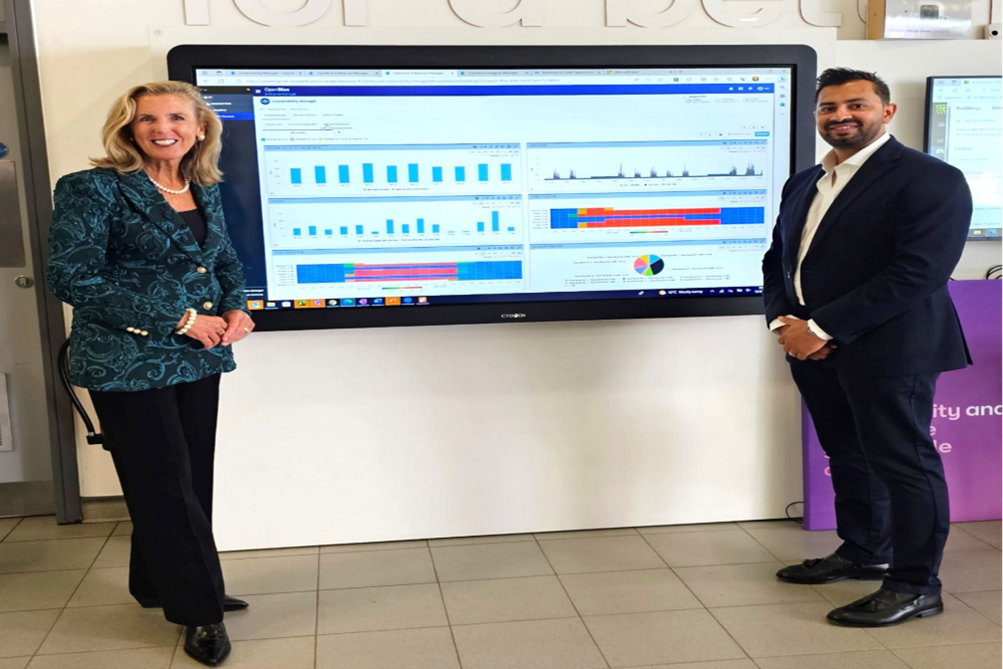
And reflecting further on the BT and Johnson Controls partnership news, this advance affords additional benefits too, for example around best navigating upcoming compliance changes. As just one example, EU governments are currently negotiating a revision of the Energy Performance of Buildings Directive (EPBD) with the European Parliament, which would include mandatory renovations for buildings with the worst energy performance.
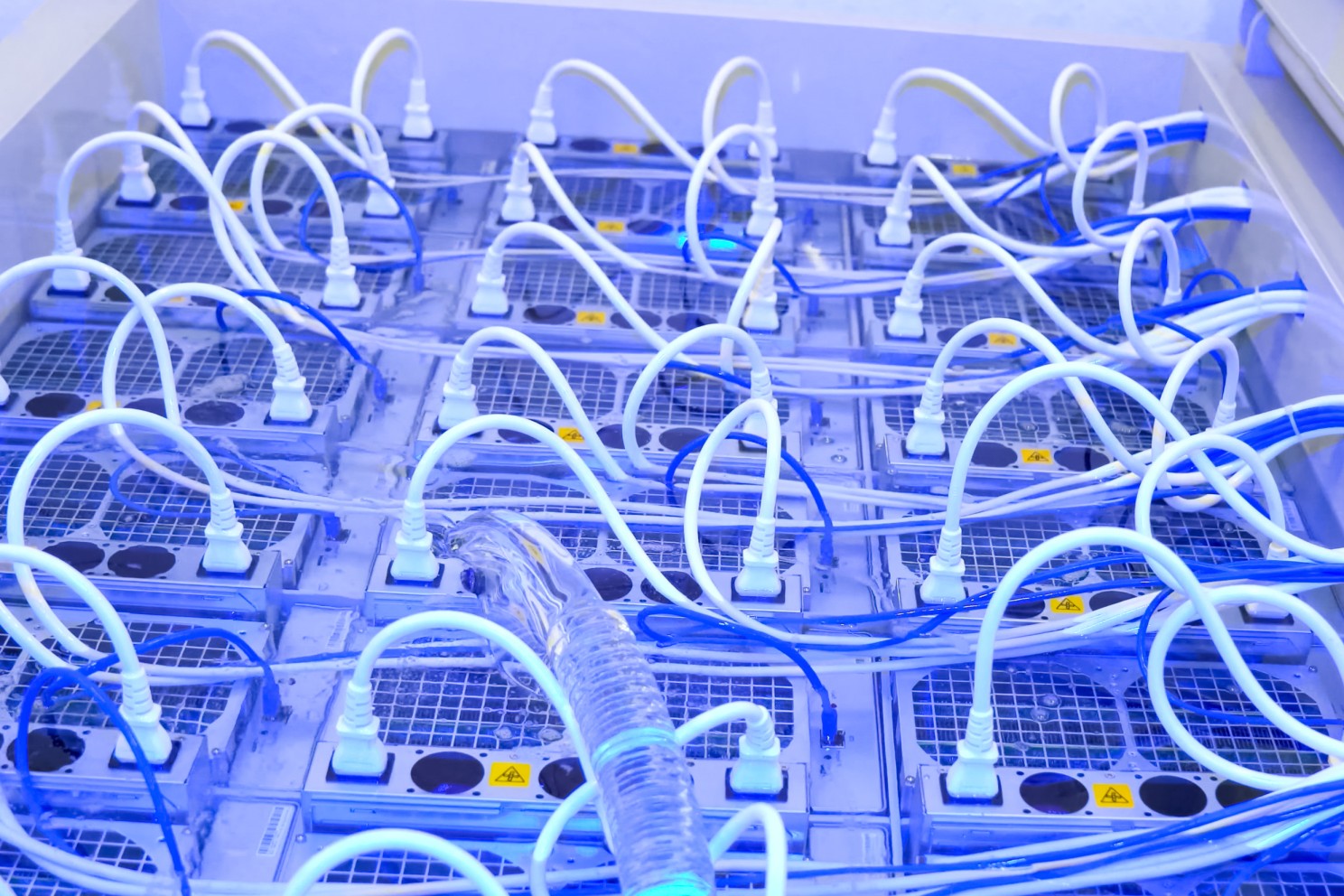
I also believe this milestone moment represents new opportunities for the construction sector by turning buildings into a distributed energy system using digital electricity and clearly affording an opportunity to use PoE too. Further still, sector coupling comes front of mind as an effective means of achieving the energy transition most efficiently, with the aim to effectively connect sectors such as industry, buildings and transport. When these are interconnected and the components of energy generation from renewable energies are combined, CO2 emissions can be much reduced.
And there’s more! Within its own network, BT is also partnering with a number of organisations to trial liquid cooling technology to further reduce energy usage. Examples include trialing precision liquid cooled network switches using technology from Iceotope Technologies Limited a solution which directly sprays liquid onto equipment, alongside the Juniper Network QFX Series switches – this represents an industry first! Additionally, NEXALUS ' liquid-cooled plates and "cooling using sprayed-on partial immersion" are also being evaluated, plus Immersion4 's solution, within which servers are actually immersed in a dielectric liquid tank. Finally, also on show from PeaSoup.Cloud but not a part of the announced trials, was an immersion liquid cooling system which can help reuse the heat generated by a radiator.
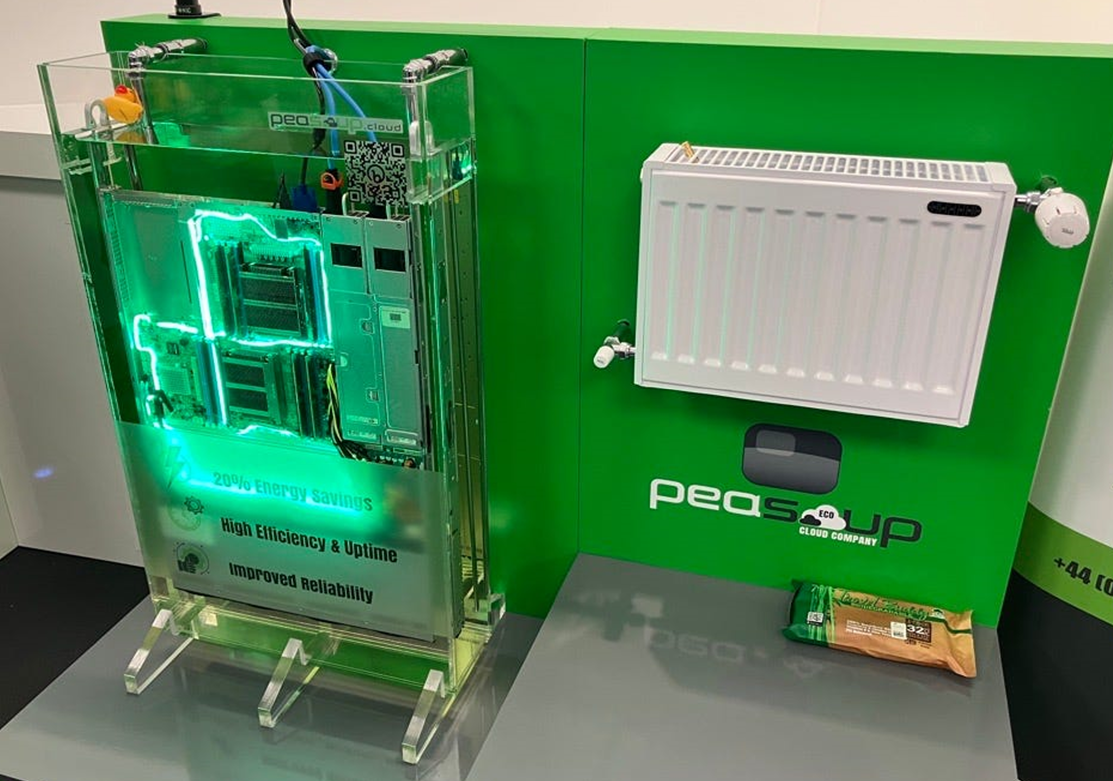
As devices continue to become more powerful and compact, and as the demand for efficiency grows, liquid cooling is becoming increasingly important in various fields, especially where thermal management is critical for performance and longevity. BT anticipates that the implementation of cooling technologies could reduce energy consumption by some 40% to 50%. And this could also decrease the physical space required for equipment, leading to material savings too. Shared value personified!
And before we explore some specific tools to support the journey, especially from measurement and scale perspectives, I just want to draw attention to other areas that are imperative for sustainable change too. This takes a holistic focus - it's not all about the technology, but its culture, its skills, its mindset, its change management, and its process too!
Putting this in context, the World Economic Forum anticipates that over half of all employees (54%) will require significant re-skilling to meet IT-related needs. Or in other words, this equates to a need to reskill more than a billion people by 2030. And this at a moment when CIO skill set requirements have evolved probably more quickly and broadly that at any other time, this includes the role becoming increasingly elevated and strategic. More on this evolution can be explored in my written mini-series here supported by EY research.
So, within this development, an important question to consider is the role of the ‘evolved’ CIO in empowering business sustainability and leading-in on that strategy? More on this in my recent discussion with the always inspiring Bas Burger, Chief Executive Officer at BT Business which you can read more on and watch at this link – a passionate conversation on shared values! ⬇️
Watch - Bas and Sally - Live Chat!
You can’t manage what you can’t measure remains a truism! And regards the carbon footprint of IT Service and devices, holistic and unified measurement is especially key to help organisations attain a clearer picture on their emissions and support lifecycle management too. Enter BT’s Digital Carbon Calculator, launched earlier this year, a tool which uniquely combines the carbon footprint data from the IT services you buy from BT AND the IT services you buy from other vendors – so critical for accuracy, reliability and consistency, and baselining your carbon emissions too. More on that launch from me here !
The carbon footprint calculations are derived from comprehensive lifecycle assessments wherever feasible, ensuring all stages of a product's life are considered, and aligns with the GHG (greenhouse gases) Protocol Corporate Standard, using specific guidance tailored for the ICT sector. This assures international compatibility and recognition. In addition, wherever available BT sources regional grid carbon intensity figures for use-phase emissions, ensuring region-specific accuracy. By juxtaposing your inventory device details with the lifecycle assessment (LCA) data and grid carbon intensity, the calculator can pinpoint your carbon footprint with true precision, and with all the key advances highlighted below!
🌟Unified Platform: Affords a holistic view of all network assets on one platform, facilitating comprehensive carbon emissions tracking across all IT products
🌟In-depth Analysis: The calculator breaks down data into six distinct sections, offering valuable insights into asset-related priorities and network performance. All crucial data is condensed into one section, ensuring immediate focus on what's paramount
🌟Track KPIs Over Time: Monitor each Key Performance Indicator (KPI) chronologically, allowing for a clear visualization of the effects of any alterations or initiatives
🌟Comprehensive Reporting: Access all reports via a singular interface. Dive deep into the data and break it down by region, country, site, category, or even the device model. This feature ensures a granular understanding of your carbon footprint, aiding in targeted emission reduction strategies
And you can watch a demo at the link below! ⬇️
Watch - Digital Carbon Calculator - Live Demo!
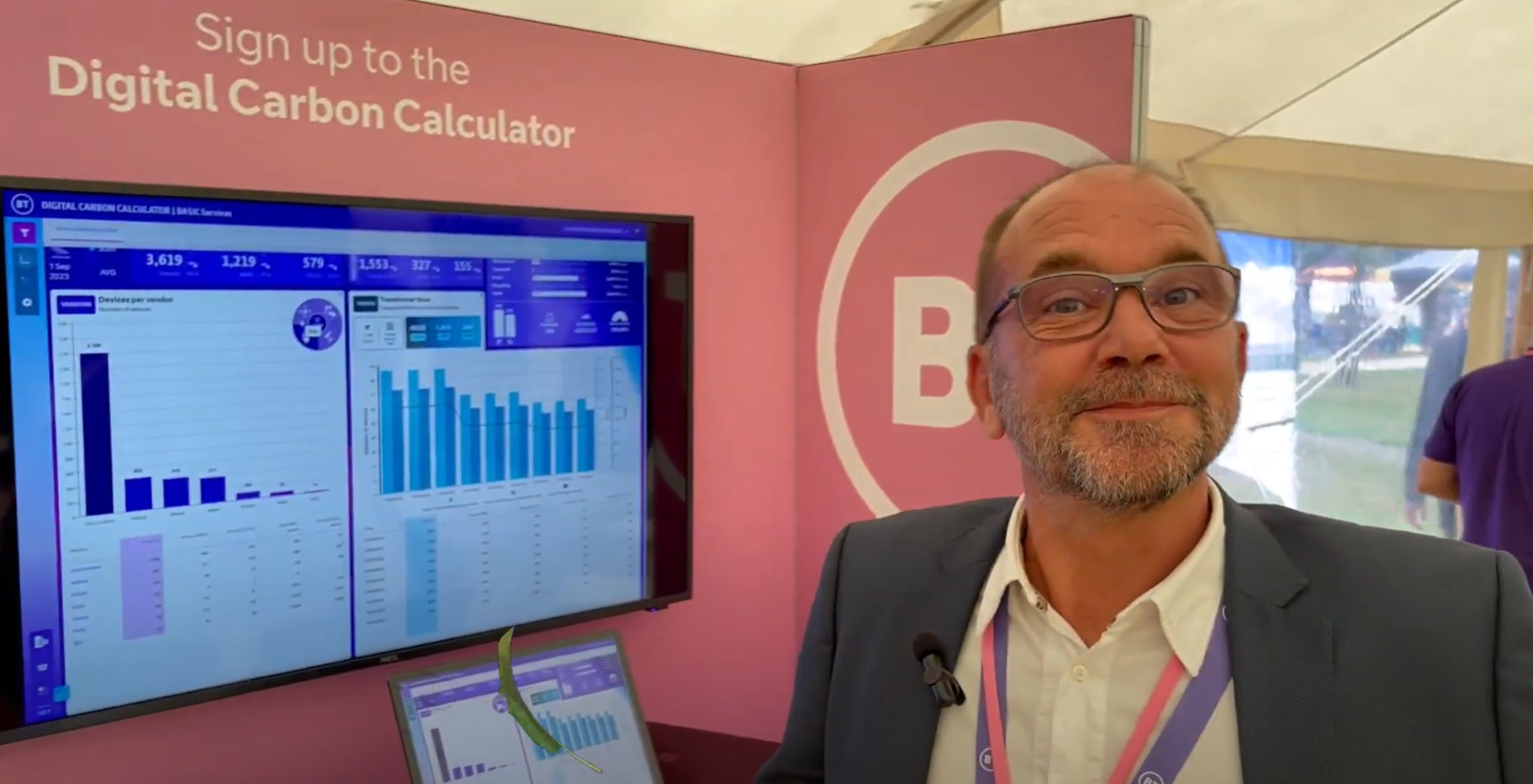
As compute power continues to rise, organisations can sometimes find it difficult and complex to use their digital technology as efficiently as possible. It is absolutely critical then, to make it easier for customers to have the integrative visibility and capacity to analyse exactly this, and treat their data differently, for example moving less petabytes from ‘A to B’, reducing their organisation’s overall carbon footprint in an optimised way.
Add in the rapid acceleration in development within Artificial Intelligence - notably GenAI and Large Language Models (LLMs) in recent months - and the compute power required to support them, this raises needs further still and will indeed put pressure on sustainability target metrics for many. Helping customers to continue to leverage the benefits of AI whilst still managing their workloads and applications in a transparent and sustainable way is key, an area I had the pleasure to discuss with Sarwar Khan, Global Head of Sustainability at BT Group amongst many more ESG related topics, including news of additional impactful partnerships with SAP and Cisco
And you can watch our full conversation at the link below! ⬇️
Watch - Sarwar & Sally - Live Chat!
In addition, the launch of BT’s Carbon Network Dashboard earlier this is already benefiting organisations - a tool designed to make power usage and carbon emissions management as seamless, integrated and real-time as possible, directly addressing the contemporary challenges of high energy prices and the demand for sustainable practices from all stakeholders.
Some key benefits include:
✅ Real-time Power Usage Monitoring
✅ Identification of Inefficiencies such as carbon intensive devices
✅ Integration of Real-time Energy Grid Data
✅ Strategic Workload Management and Network Planning
✅ Embedded Future Integration for Holistic Management
✅ Support in Calculating your Footprint for Carbon Accounting
And you can watch a demo at the link below! ⬇️
Watch - Carbon Network Dashboard - Live Demo!
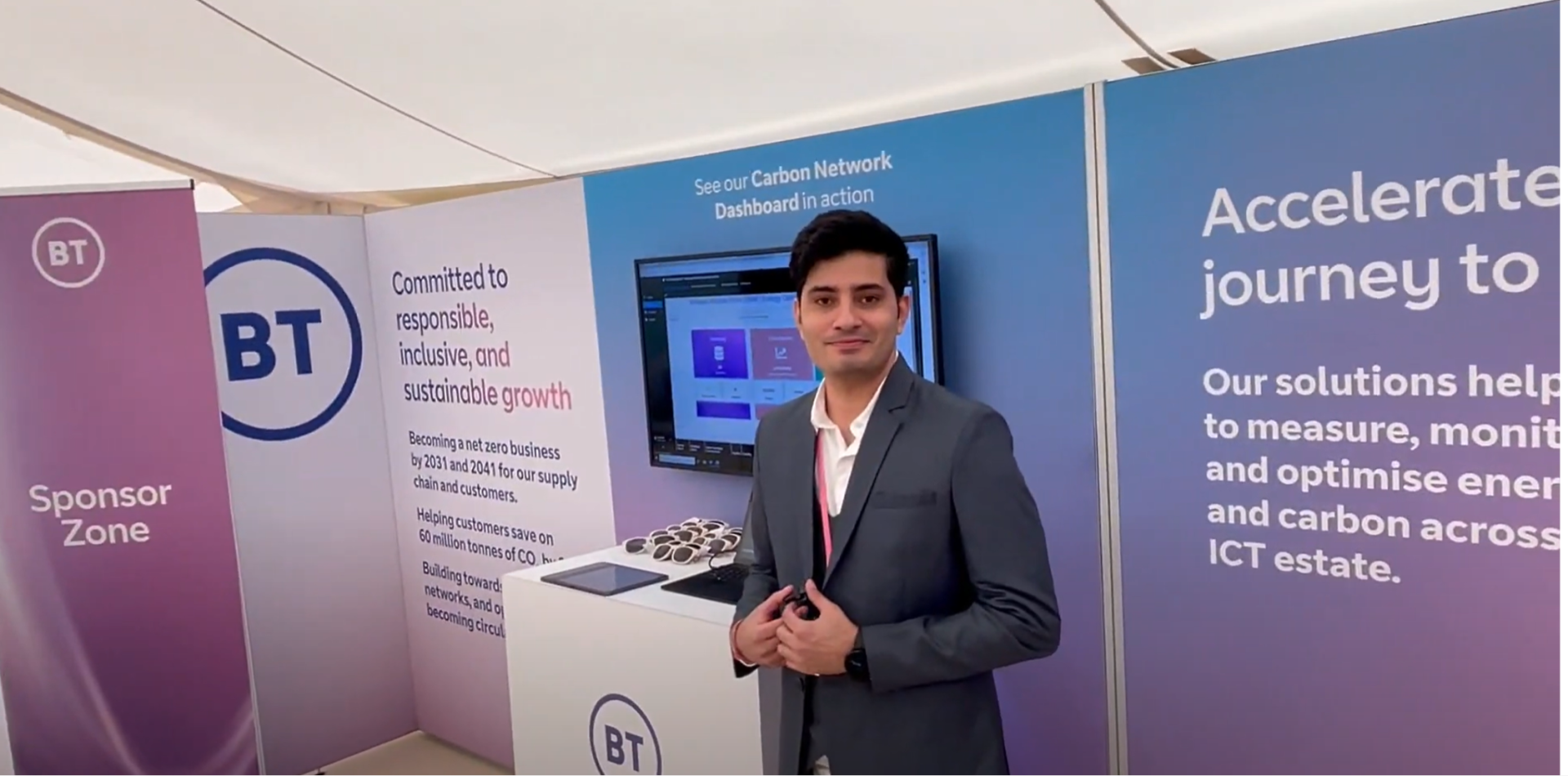
By bringing together the benefits of having a secure, resilient network and combining that with platforms and application AI, developed by decarbonisation experts and partners within their field of domain – this becomes a powerful and mutually re-enforcing ecosystem for sustainability change, simplifying and hopefully accelerating the journey to net zero for many!
So as we reflect back on COP28 and also consider how the UN’s recent global stock take synthesis report reveals just how much more must be done to meet the goals of the landmark Paris Agreement, this feels a moment of difference-making potential. 2024 presents a critical and time-bound opportunity to put the world on a more sustainable path. And for me, reflecting on the BT Sustainability Festival and all the actions around and beyond, it is clear that the future does not lie in sustainability and technology – it lies in sustainable technology.
These are not just parallel lines, they're the intertwined key catalysts for change!
🗨️ All feedback and questions most welcome 🗨️
Many thanks! Sally
A highly experienced chief technology officer, professor in advanced technologies, and a global strategic advisor on digital transformation, Sally Eaves specialises in the application of emergent technologies, notably AI, 5G, cloud, security, and IoT disciplines, for business and IT transformation, alongside social impact at scale, especially from sustainability and DEI perspectives.
An international keynote speaker and author, Sally was an inaugural recipient of the Frontier Technology and Social Impact award, presented at the United Nations, and has been described as the "torchbearer for ethical tech", founding Aspirational Futures to enhance inclusion, diversity, and belonging in the technology space and beyond. Sally is also the chair for the Global Cyber Trust at GFCYBER.
Dr. Sally Eaves is a highly experienced Chief Technology Officer, Professor in Advanced Technologies and a Global Strategic Advisor on Digital Transformation specialising in the application of emergent technologies, notably AI, FinTech, Blockchain & 5G disciplines, for business transformation and social impact at scale. An international Keynote Speaker and Author, Sally was an inaugural recipient of the Frontier Technology and Social Impact award, presented at the United Nations in 2018 and has been described as the ‘torchbearer for ethical tech’ founding Aspirational Futures to enhance inclusion, diversity and belonging in the technology space and beyond.
Leave your comments
Post comment as a guest